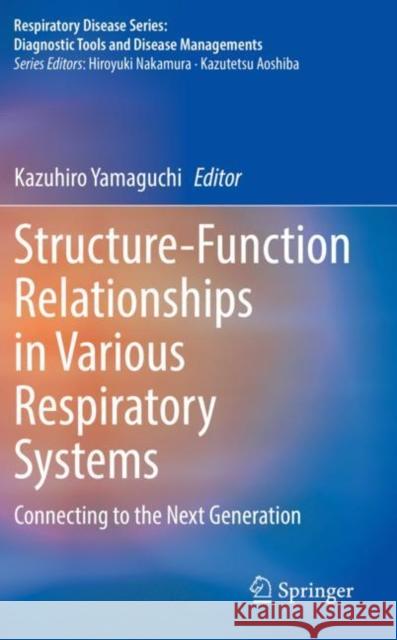Structure-Function Relationships in Various Respiratory Systems: Connecting to the Next Generation » książka
topmenu
Structure-Function Relationships in Various Respiratory Systems: Connecting to the Next Generation
ISBN-13: 9789811555985 / Angielski / Miękka / 2021 / 294 str.
Structure-Function Relationships in Various Respiratory Systems: Connecting to the Next Generation
ISBN-13: 9789811555985 / Angielski / Miękka / 2021 / 294 str.
cena 403,47
(netto: 384,26 VAT: 5%)
Najniższa cena z 30 dni: 385,52
(netto: 384,26 VAT: 5%)
Najniższa cena z 30 dni: 385,52
Termin realizacji zamówienia:
ok. 22 dni roboczych
Bez gwarancji dostawy przed świętami
ok. 22 dni roboczych
Bez gwarancji dostawy przed świętami
Darmowa dostawa!
Kategorie BISAC:
Wydawca:
Springer
Seria wydawnicza:
Język:
Angielski
ISBN-13:
9789811555985
Rok wydania:
2021
Wydanie:
2020
Numer serii:
000796246
Ilość stron:
294
Oprawa:
Miękka
Wolumenów:
01











